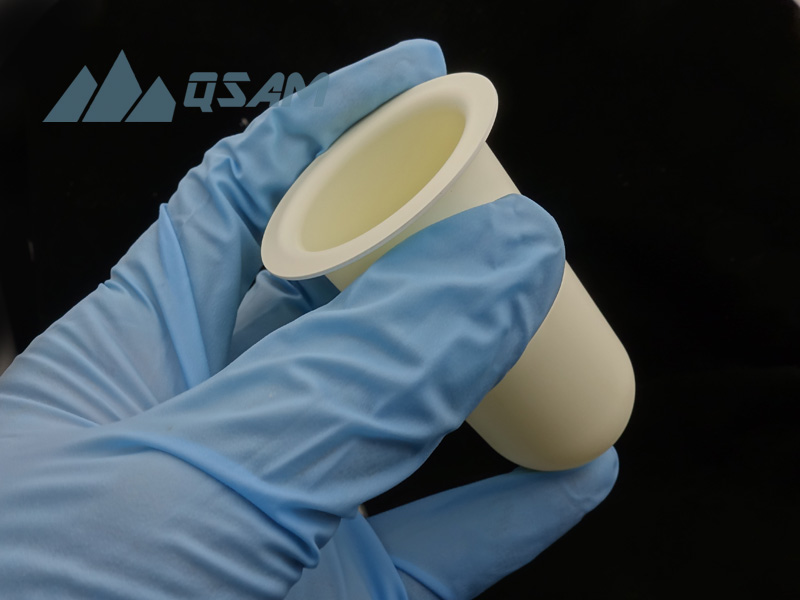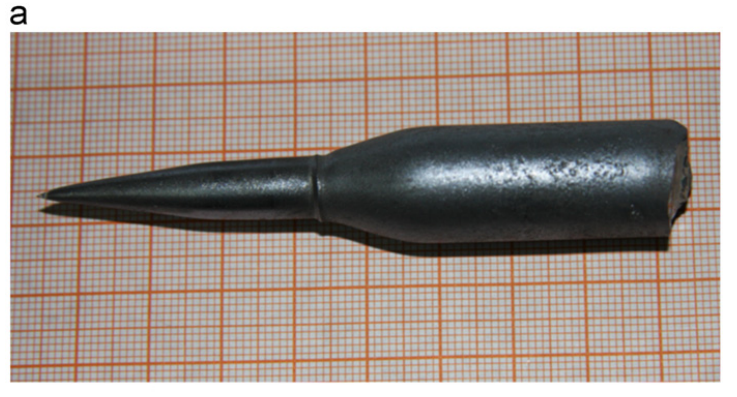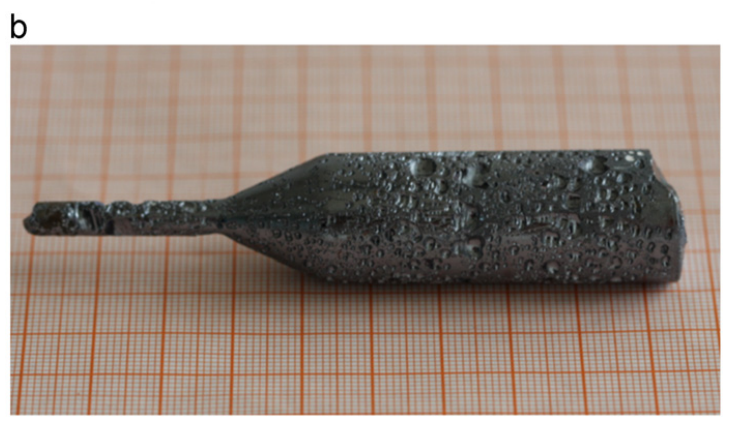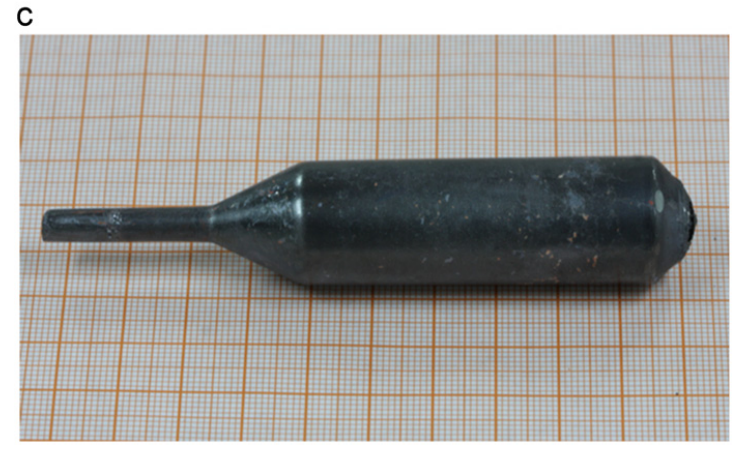Breakthrough in ZnGeP2 Infrared Nonlinear Optical Materials by Research Team at Shandong University
Introduction
In the context of rapid technological advancement, specialized optical materials, particularly nonlinear optical materials for infrared applications, have been a focus of research due to their importance in military, scientific, and commercial sectors. Recently, the research team at the State Key Laboratory of Crystal Materials at Shandong University has achieved significant research results in the growth of ZnGeP2 single crystals. This paper will introduce their research on optimizing the ZnGeP2 single crystal growth process using the vertical Bridgman method, a breakthrough that has been published in the Journal of Crystal Growth.
Importance of ZnGeP2 Materials
ZnGeP2 (zinc germanium phosphide) is an important infrared nonlinear optical material, with a wide optical transmission range (0.74 to 12μm), high nonlinear coefficients, and good thermal conductivity. These properties make it useful for frequency conversion in various laser systems, such as converting visible or near-infrared light to mid-infrared light. Additionally, ZnGeP2 has demonstrated immense potential in applications like infrared imaging, laser radar, and other high-tech fields.
Experimental Methodology and Innovations
Under the leadership of Guodong Zhang and Xutang Tao, the research team at Shandong University employed the vertical Bridgman growth method to grow ZnGeP2 single crystals. This widely used technique in the field of crystal growth relies on controlling the temperature gradient to slowly grow crystals from the melt. The research team introduced a dual-temperature-zone control system, which allowed for more precise control of the heating and cooling zones, resulting in a more uniform and stable temperature gradient, thereby improving the quality and yield of the grown crystals.
Crucible Material Selection
The choice of crucible material directly affects the quality of the grown crystals. In this study, the team specifically selected pyrolytic boron nitride (PBN) as the crucible material. Compared to traditional quartz or high-purity graphite crucibles, PBN crucibles have better chemical stability and a lower gas release rate. These characteristics significantly reduced impurity doping and bubble formation during the crystal growth process, effectively enhancing the optical quality and structural integrity of the crystals.
QSAM Inc., the leading manufacturer of PBN crucibles in the market, provides high-quality crucibles to support the experimental needs of researchers. Their professional manufacturing capabilities and customized services ensure that researchers can obtain the most suitable crucibles for their specific experimental requirements, thus driving the progress of scientific research.

PBN Crucible
Results and Analysis
Using the PBN crucible and the optimized dual-temperature-zone vertical Bridgman growth method, the research team successfully grew high-quality, crack-free ZnGeP2 single crystals. The crystal quality was assessed using various techniques, including high-resolution X-ray diffraction, X-ray fluorescence spectroscopy, and infrared transmission spectroscopy. The results showed a significant improvement in the structural integrity of the crystals, and the optical transmittance reached an ideal level, which is crucial for infrared optical applications. Furthermore, the use of PBN crucibles not only improved the crystal quality but also reduced material waste during the production process, as the high-temperature resistance and chemical stability of PBN minimized crucible wear and reaction.



Photograph of ZnGeP2 single crystal grown by the vertical Bridgman
Discussion
The findings of this research are of great significance for the production of infrared nonlinear optical materials. First, by improving the Bridgman method and utilizing high-performance crucible materials, the growth quality of ZnGeP2 single crystals has been dramatically enhanced. High-quality crystals are the key to improving the performance of infrared optical systems, especially in demanding military and space applications. Second, the optimization of this growth technique not only increases the material utilization efficiency but also paves the way for large-scale production, an important step for commercial applications.
Application Prospects
High-quality ZnGeP2 single crystals can be used to manufacture efficient infrared lasers, which can be applied in areas such as gas detection, pollution monitoring, and medical diagnostics. Furthermore, due to their excellent nonlinear optical properties, these materials can be used to develop new types of optical modulators and switches, with potential applications in optical communications and high-speed data transmission. Broader applications also include infrared imaging and remote sensing technologies, particularly in complex climates or low-light environments.
Conclusion
The research team led by Guodong Zhang and Xutang Tao has significantly improved the growth quality of ZnGeP2 single crystals through their innovative approach. This achievement has not only been recognized in the academic community but also provides strong support for the practical application of infrared nonlinear optical materials. As the production technology of these high-quality crystals moves towards commercialization, their applications in various high-tech fields are expected to continue expanding.
Future Outlook
Looking ahead, as the technology matures and is further optimized, we can envision the wider application of ZnGeP2 and similar materials, particularly in high-performance infrared systems. Furthermore, the research team plans to explore the use of PBN crucible technology to grow other types of nonlinear optical materials, further expanding the application range of this technique. With the continuous progress in material science and the ongoing innovation in crystal growth technology, future optical systems will become increasingly efficient and multifunctional.
